A dual diagnosis treatment program follows a comprehensive approach that combines evidence-based therapies, medication management, and support services to address all underlying issues holistically. Massachusetts Center for Adolescent Wellness offers a dual diagnosis treatment program as one of our mental health treatments for adolescents. If you would like to learn more about treating co-occurring conditions, please don’t wait to call us at 855.940.6229 to find suitable treatment for your child.
What Is a Dual Diagnosis?
Receiving a dual diagnosis means experiencing two separate issues simultaneously, and both conditions require treatment. These two conditions often go hand in hand, each exacerbating the other. For example, someone struggling with depression may turn to drugs or alcohol as a coping mechanism, leading to addiction. However, substance use can also lead to mental health issues due to changes in brain chemistry and increased stress and anxiety.
It is estimated that about 50% of individuals with a substance use disorder also have a co-occurring mental health condition, making it a common issue that needs to be addressed. Recovery can be challenging without proper treatment for both conditions simultaneously, and relapse rates are higher. However, with appropriate treatment, recovery is possible.
Common Co-Occurring Disorders in Teens
Co-occurring disorders, or dual diagnosis, is a term used in adolescent health care to describe a situation where a teenager is simultaneously dealing with a mental health disorder and substance use issues. Teens with substance use disorder frequently also experience co-occurring conditions such as:
Conduct Disorder (CD)
Adolescents diagnosed with CD, characterized by aggressive, destructive, or deceitful behavior, often exhibit a higher propensity for substance use.
Attention-Deficit/Hyperactivity Disorder (ADHD)
Adolescents with ADHD, a disorder marked by inattention, hyperactivity, and impulsivity, may have a higher likelihood of substance misuse, potentially as a coping mechanism for their ADHD symptoms.
Mood Disorders
Mood disorders, which include conditions like depression and bipolar disorder, often co-occur with substance use in adolescents. The misuse of substances can exacerbate mood instability, further complicating treatment efforts.
Trauma-Related Disorders
Adolescents with trauma-related disorders, such as post-traumatic stress disorder (PTSD), may resort to substance use to alleviate their distressing symptoms.
The challenges of treating these dual diagnoses are unique, as each condition can amplify the other, complicating treatment and recovery. Recognizing these common co-occurring disorders and developing comprehensive, multi-faceted treatment strategies are essential in addressing adolescent health concerns.
Identifying the Signs of Substance Use
Identifying substance use in adolescents can be challenging, given the typical behavioral changes that occur during adolescence. However, there are several telltale signs to look out for.
Behavioral signs may include:
- Significant changes in behavior, such as sudden secrecy or withdrawal from friends and family
- Drop in academic performance
- Loss of interest in previously enjoyed activities
- Unusual mood swings
- Beyond behavioral signs, physical and psychological signs can indicate substance use in teenagers. Some of these can include:
- Changes in appetite or sleep patterns
- Poor physical coordination
- Unexplained injuries
- Noticeable decline in personal grooming
- Unexplained paranoia
- Periods of unusual hyperactivity or agitation
- Lack of motivation
- Sudden bouts of anxiety or fearfulness
Marijuana, a substance commonly used by teenagers, is known to lead to reduced motivation or ambition potentially. For further understanding, it is beneficial to delve deeper into the effects of marijuana on teens. It’s important to remember that these signs may indicate other issues, so professional consultation is vital for accurate diagnosis.
How Can a Dual Diagnosis Treatment Program Help Your Child?
Addressing co-occurring disorders in adolescents requires a specialized approach acknowledging the interplay between mental health and substance use. A dual diagnosis treatment program offers integrated care that targets both conditions simultaneously, promoting long-term recovery.
This type of program typically includes:
- Individual therapy to address underlying psychological issues and develop coping skills
- Group therapy provides peer support, promotes social connections, and teaches healthy behaviors
- Family therapy to address family dynamics and improve communication and relationships
- Medication management to address any underlying mental health conditions that may require medication
- Support services such as education on mental health and substance use, life skills training, and vocational assistance
By addressing all aspects of an individual’s well-being, including their mental health and substance use, a dual diagnosis treatment program can effectively break the cycle of co-occurring disorders and promote lasting recovery.
At Massachusetts Center for Adolescent Wellness, our experienced healthcare professionals are dedicated to providing comprehensive and compassionate care for adolescents struggling with co-occurring disorders. Please reach out to us at 855.940.6229 if you believe your child may benefit from our dual diagnosis treatment program.
Benefits of Participating in Dual Diagnosis Treatment for Teens
Participating in a dual diagnosis treatment program offers numerous benefits to teens with co-occurring disorders. These programs address the substance use issue and the underlying mental health condition, providing a pathway to holistic healing and recovery. Some significant benefits your child might experience include:
- Improved understanding of self
- Development of coping skills
- Enhanced emotional regulation
- Better family dynamics
- Prevention of future relapse
The comprehensive approach of dual diagnosis treatment programs fosters a more sustainable recovery by equipping adolescents with the knowledge and tools they need to maintain their sobriety and mental health.
What to Expect at Our Dual Diagnosis Adolescent Treatment Center
At our treatment center at Massachusetts Center for Adolescent Wellness, we strive to provide a nurturing and supportive environment for young people to heal. Upon admission, each adolescent undergoes a thorough evaluation to help formulate a personalized treatment plan addressing their unique needs. Our multidisciplinary team of mental health professionals, comprising psychiatrists, psychologists, social workers, and therapists, work together to provide the highest standard of care.
Treatment includes individual, group, and family therapy, medication management, and support services designed to foster recovery and resilience. We ensure regular communication with families about their child’s progress and provide education about dual diagnosis to help support the adolescent’s journey to recovery. The safety and well-being of each adolescent in our care is our utmost priority, and we are dedicated to assisting them to navigate their path toward a healthy future.
Contact Massachusetts Center for Adolescent Wellness to Start Our Dual Diagnosis Treatment in Massachusetts
At Massachusetts Center for Adolescent Wellness, we take a comprehensive, integrated approach to dual diagnosis treatment tailored to teens’ needs. Our professionals are trained to identify and recommend the treatment program option that will be most effective for your adolescent’s dual diagnosis. We understand the complexities of co-occurring disorders and are here to provide compassionate care every step of the way.
Please contact us at 855.940.6229 for more information on our dual diagnosis treatment program or to schedule a consultation. Your child’s well-being is our top priority, and we are committed to helping them live a fulfilling and healthy life.

